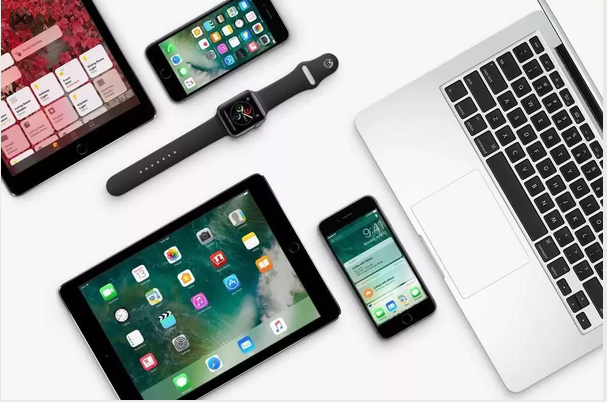Apple’s Ecosystem
September 8, 2019
An ecosystem is defined as a biological community of interacting organisms. In tech terms, this means a group of devices with software to create one collaborative network. Many companies use this to create a ‘family’ of products but no company has mastered it like Apple with the “Apple Ecosystem.”
The ecosystem is something that draws consumers to purchase more products to work simultaneously. It all begins with the iPhone. You purchase your brand new iPhone, suddenly you have an iPad, a Mac, an Apple TV, an Apple Watch, AirPods and a HomePod! Why? If there are various other products on the market that are better and cheaper. Having an Apple product disconnects the user from using many exceptional products from third-party companies. This is mostly because third-party products usually are not compatible with Apple products.
Software such as iCloud, AirPlay, AirDrop and continuity allows us to start a task on one device and continue it on another. For example, you start a Pages document on your Mac but you need to leave the house, you continue it on your iPhone thanks to iCloud files and multi-platform applications. Or you start texting on your phone but your listening to music on your HomePod, you know the notification is there but you do not want to reach for your phone. What do you do? You ask Siri to read your notifications via HomePod.
A great case is AirPods, the removal of the headphone jack on the iPhone 7 encouraged users to buy AirPods. The fluency of set-up also creates the want for the wireless earbuds as does the fluency of use within the ecosystem. AirPods use a W1 chip (the second generation AirPods use an H1 chip) which allows AirPods to automatically connect to any device on one’s iCloud account.
Many people would compare Apple’s ecosystem to a ‘walled garden’. The consistency and ease of use of all of Apple’s products make it hard to leave this garden. In fact, 47% of people who switched from an Android operating system to Apple’s operating system say they switched because of a better overall user experience.
In an interview with PHS junior, Mackenzie Warren, she stated that, “I love my iPhone because I love how my phone seamlessly connects to my Apple Watch and AirPods. I simply open my Airpods and they connect to my iPhone and if I ever want to connect my AirPods to my friend’s iPhone, I just open them up and press a button and viola, they are connected. I also love how I can share my photos using AirDrop. I can send a quick meme or two to my friends nearby without having to get their phone number or anything. It’s great! I will definitely stick to my iPhone and I don’t plan on switching to Android anytime soon.” Mackenzie represents a majority of other iPhone users here at Pitman and in the US. This is also a prime example of how Apple perfected its ‘walled garden’ strategy.
Families of devices or ‘ecosystems’ create a sense of consistency and ease in a consumer’s life and the majority of the time Apple aims to impress and support the consumer. You buy an iPhone and suddenly you have a smartwatch, a smart speaker and a top of the range laptop. Is this good for the consumer? Does it keep us connected and happy or is it to make us spend more money?
